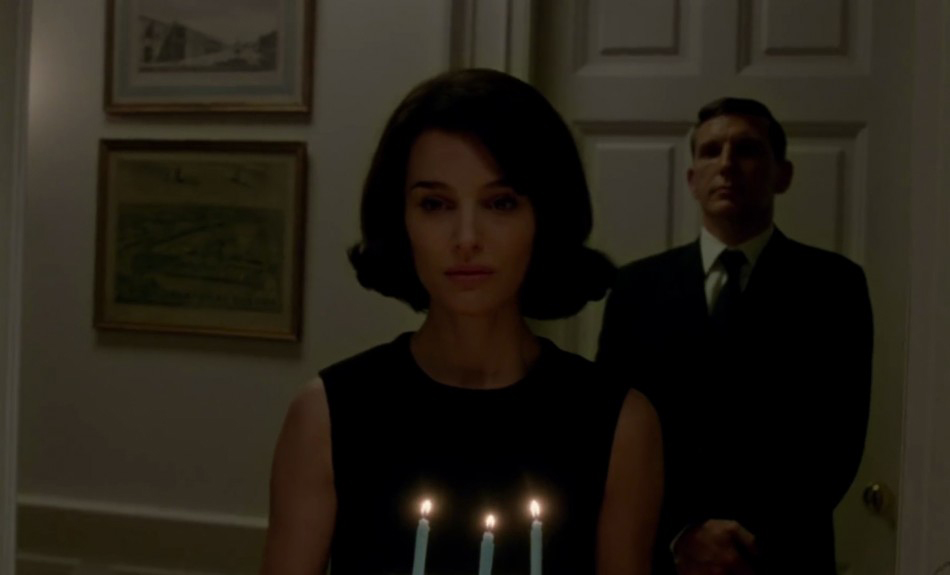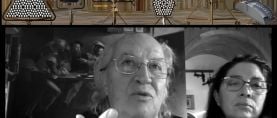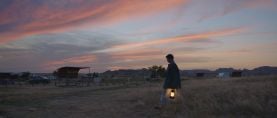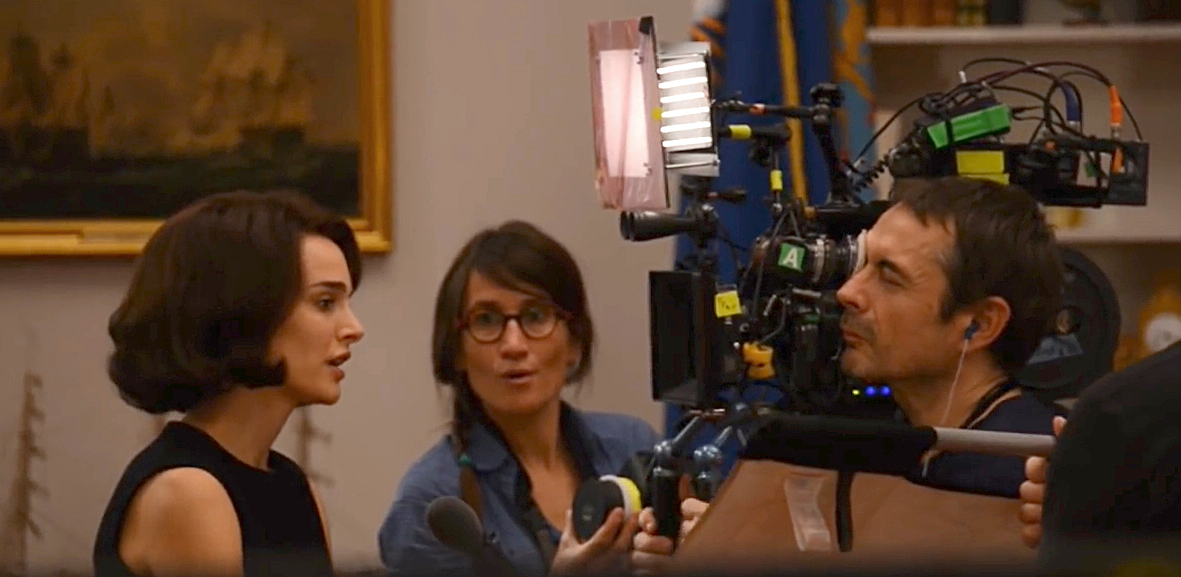
Jackie — Interview with Cinematographer Stéphane Fontaine, AFC
An interview with cinematographer Stéphane Fontaine, AFC, about his work on Jackie, directed by Pablo Larrain, with illustrations of his lighting approach.
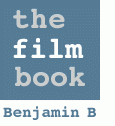
This post is an in-depth conversation with cinematographer Stéphane Fontaine, AFC about his work on Jackie, directed by Pablo Larrain.
You may also be interested in my in-depth interview with Pablo Larrain.
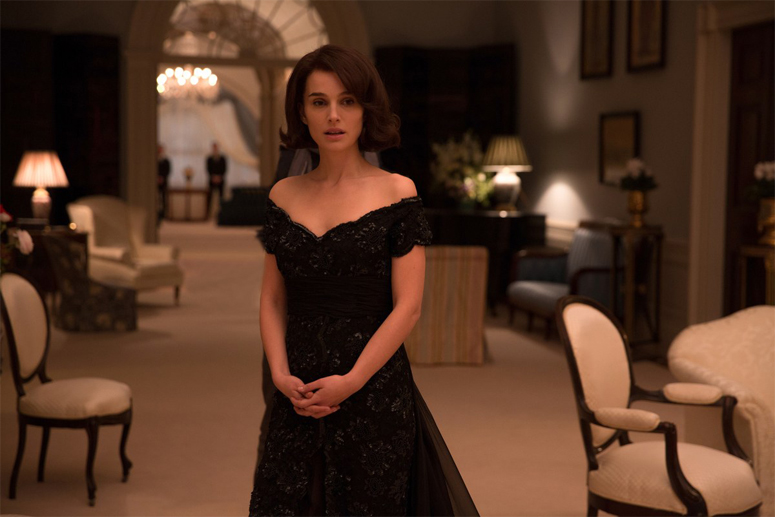
Stéphane Fontaine is a leading French cinematographer, whose credits include three films with director Jacques Audiard, and, most recently, Captain Fantastic by Matt Ross and Elle by Paul Verhoven.
I spoke with Stéphane in French.
+++
1. Jackie
2. Prep
3. Handheld
4. Camera Movement
5. Lighting
6. Exposure
7. Pulling Focus
8. Thanks
+++
1. JACKIE
Jackie is a moving, poetic film that follows Jacqueline Kennedy (played by Natalie Portman) in the four days following the assassination of her husband, president John F. Kennedy in 1963. The film combines iconic historic images like vice-president Lyndon Johnson’s swearing-in on Air Force One and the funeral procession in Washington DC, with scenes that imagine Ms. Kennedy’s private moments in the White House residence, as she struggles with her grief, and courageously assumes her role as First Widow to lead a mourning nation.
+++
Jackie is masterfully directed by Chilean Pablo Larrain. The film is also marked by the historically faithful production design of Jean Rabasse and the poetic editing of Sebastián Sepúlveda. The cinematography of Stéphane Fontaine is powerful. His operating and lighting of Natalie Portman's character inside the White House creates a stunning intimate portrait that is at the heart of the film.
Jackie was mostly shot in Super 16 with Kodak 7219 and 7213, for the most part on sound stages at the Cité du Cinéma using an Arri 416 package with Zeiss Super Speed lenses from Panavision France; the lighting package was supplied by Transpalux; film processing was done at Digimage Le Lab; post-production was done at Technicolor Paris. Exteriors were shot in the Washington DC area, and an interview with a journalist (played by Billy Crudup) was shot in a mansion in Maryland. Black and white footage simulating Jackie’s TV tour of the White House was shot with a vintage Ikegami 3-tube video camera.
2. Prep
Benjamin B: How much prep time did you have for Jackie?
Stéphane Fontaine: We had 2 ½ months to design and build the second floor of the White House — that set was 53 meters long, and an accurate replica. Jean Rabasse was the production designer. We also built the Oval Office, the East Room for a concert by Pablo Casals, parts of the Bethesda hospital where president Kennedy was pronounced dead, and the interior of the presidential plane, Air Force One.
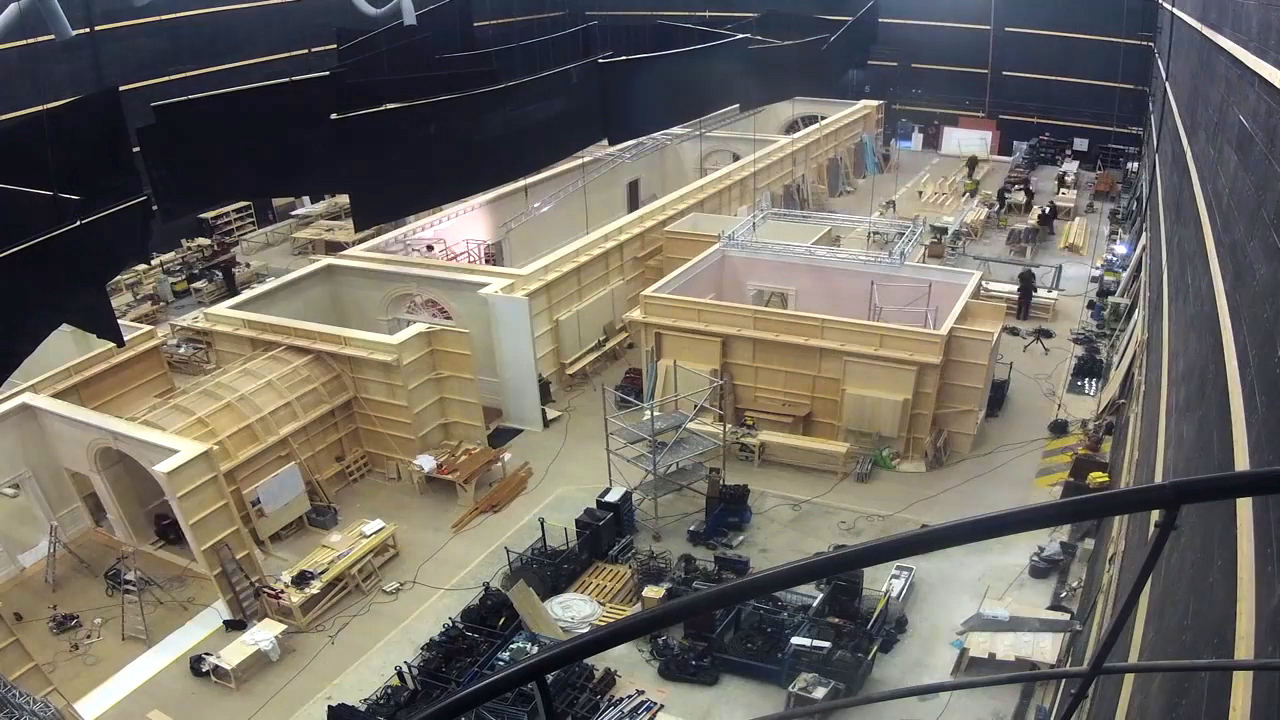

How did you come to choose Super 16?
Fontaine: That was Pablo Larrain’s choice, after shooting tests. We knew we were going to have a lot of archival footage from very different sources: 16mm reversal, 35mm negative and the CBS White House Tour hosted by Jackie, shot in 2-inch black-and-white video. These very disparate sources had one thing in common: a strong texture. So it seemed natural to use 16mm, for its strong grain, and also its color palette. It was very important that the audience not notice the transition between archival footage and the images we shot.
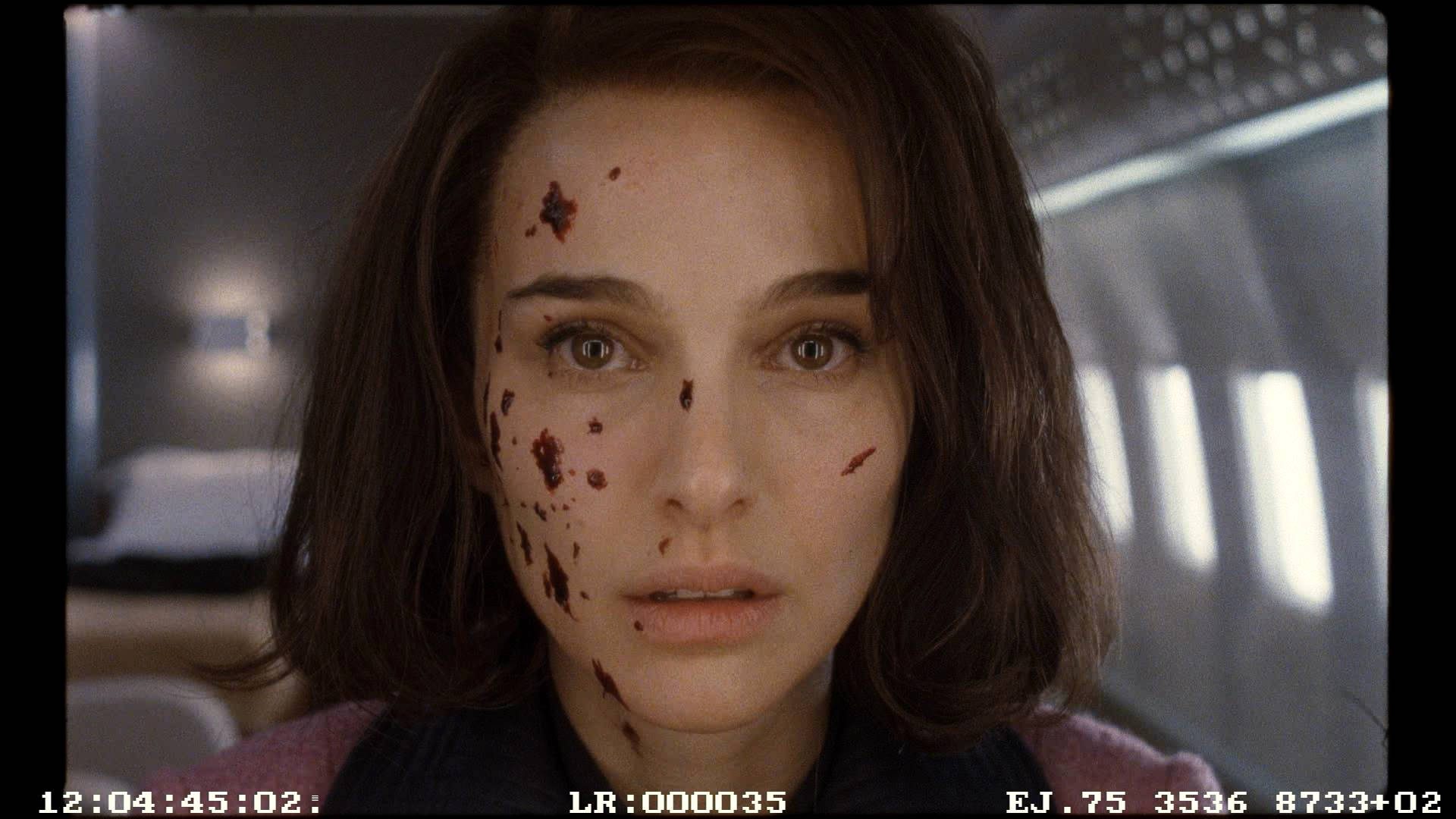
3. Handheld
Most of the film is shot handheld. Did you operate?
Fontaine: Yes, I operated most of the film, except for the few Steadicam shots.
Your camera is often very close to Natalie Portman
Fontaine: Yes, extremely close, often about a foot away, with very wide lenses: 14, 18 and 25. We did some tests before production with different focal lengths and we realized that we could be very wide, and that Natalie’s face was still very becoming. The important thing for us was to be close to her, but still have a sense of what’s around her. If you shoot a close-up with a long focal length, you isolate the person from their surroundings.
The only time we used a really long lens is when vice-president Johnson is sworn in on Air Force One. It’s an important moment that marks Jackie’s separation from that world, so we showed her disconnected from her environment. Our framing is faithful to the famous photograph taken then.
How did you stage your handheld scenes?
Fontaine: When you’re shooting scenes with a lot of dialogue, it’s often tempting to multiply the number of shots, with different angles and sizes, and then find the film in the editing room. This was not the case with Jackie.
This film was clearly constructed in the editing, but it was absolutely conceived in the shooting. Most of the film was shot with a single camera, and Pablo gave the actors and the camera a lot freedom to maneuver, but we would do several different takes. We would often shoot the whole mag in a take.
That’s something I see a lot in contemporary filmmaking: shooting scenes in long takes, even if you’re going to edit them afterwards.
Fontaine: Yes, Jackie was often shot in long takes, and the pans are sometimes kept in the edit. That way of shooting adds a tension, an energy which you don’t get when you build a scene one shot and one character at a time. Here, everyone is playing all the time.

4. Camera Movement
Are your camera movements always motivated by the actor ?
Fontaine: Yes, but sometimes you also want to tell the story differently. There are moments when it’s good to suggest another emotion. When you’re handheld you may get further away from the actor to give a different color to the shot, to give another nuance, like in this case to give a feeling of fragility.
So she ends up smaller in the frame?
Fontaine: Yes. Pablo gave me a lot of freedom, which was very pleasant. I had an earphone, so I could always hear the dialogue as I was shooting. I often frame with my ears. The frame is dictated by what I feel the scene is telling in the moment, by the story the actors are telling.
Of course I made mistakes, and sometimes missed something Pablo wanted to see. But then we did another take, and I timed the movements differently, and the second take could tell another part of the story.
You were offering options for editing?
Fontaine: Absolutely. I needed to be able to bring things to Pablo, so that he could be really creative in editing. But that doesn’t mean TV coverage.
Pablo liked this approach, and we understood each other, so we could work quickly. When he gave me indications, I immediately understood what we were missing and what we needed to get.
I imagine that Natalie Portman’s movements sometimes guided yours?
Fontaine: There was a fair amount of improvisation on her part, so the camera had to build something around that. We had to get past improvisation, so the shot seemed designed, while still being extremely free.
I really like it when there is a silent dialogue between the actor and the operator, when I can feel intuitively that she will want to move, and, knowing that, I start to leave a place for her to move to. When it works, you can see the actor move into the space you left them. I love that moment. You can also suggest things to the actor, lead them to a place where you might have an interesting background.
Where the light works?
Fontaine: Yes. You don’t talk about it, but actors like Natalie understand completely, intuitively, it’s a mutual entente that is pretty surprising.

5. Lighting
What was your lighting approach for the White House scenes?
Fontaine: I try to create lighting in which the characters feel right, or where it makes sense for them to move in. If you put Jackie’s story in context, she lives through an incredibly violent event, the assassination, and two hours later she’s in the plane, with someone taking the place of her husband. What does she hold on to? At what moment does she feel safe? I told myself that the White House should resemble a cocoon, a place where there is still gentleness. That’s why the White House shots have abstracted exteriors.
Windows with white light?
Fontaine: Voila: a closed world that is gentle and warm and protects her, with an extremely soft light and pastel colors. I took the softest light and tried to make it even softer. I wanted to create a shadowless light, and I succeeded but it’s curious.
How did you create this shadowless light?
Fontaine: I worked with production designer Jean Rabasse, and we got the idea to use the ceilings as light sources, creating a huge light box.
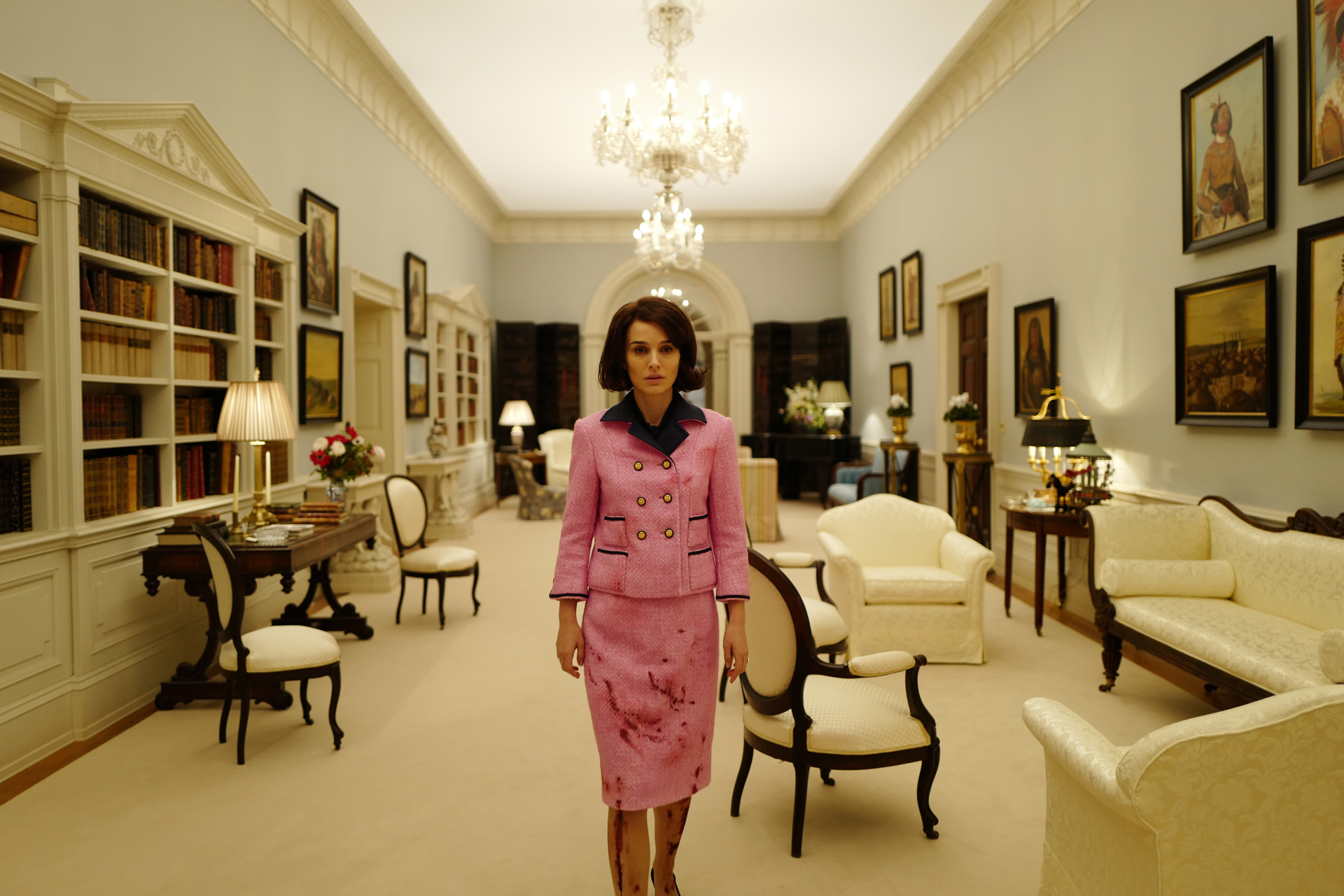
What happens when the ceiling is in shot?
Fontaine: We tried to make it so that it’s not noticeable, so you won’t say: ‘The light is coming from the ceiling’. For example, the light is masked by chandeliers during the concert. And you shouldn’t notice it either when the ceiling light is off.
You don’t notice it at all. What’s the ceiling made of?
Fontaine: We used a very thick cotton material. We lost at least 2 stops going through it.
What fixtures did you use above the cotton?
Fontaine: Depending on the room, I used space lights or PAR 64s, which allowed me to create subtle spots of light; and a large number of DMG Lumière SL1 hybrid LED panels. All the stage units were tungsten, and everything is controlled on a dimmer board via DMX, including the practicals. That implies a lengthy pre-light, but a very fast shoot.
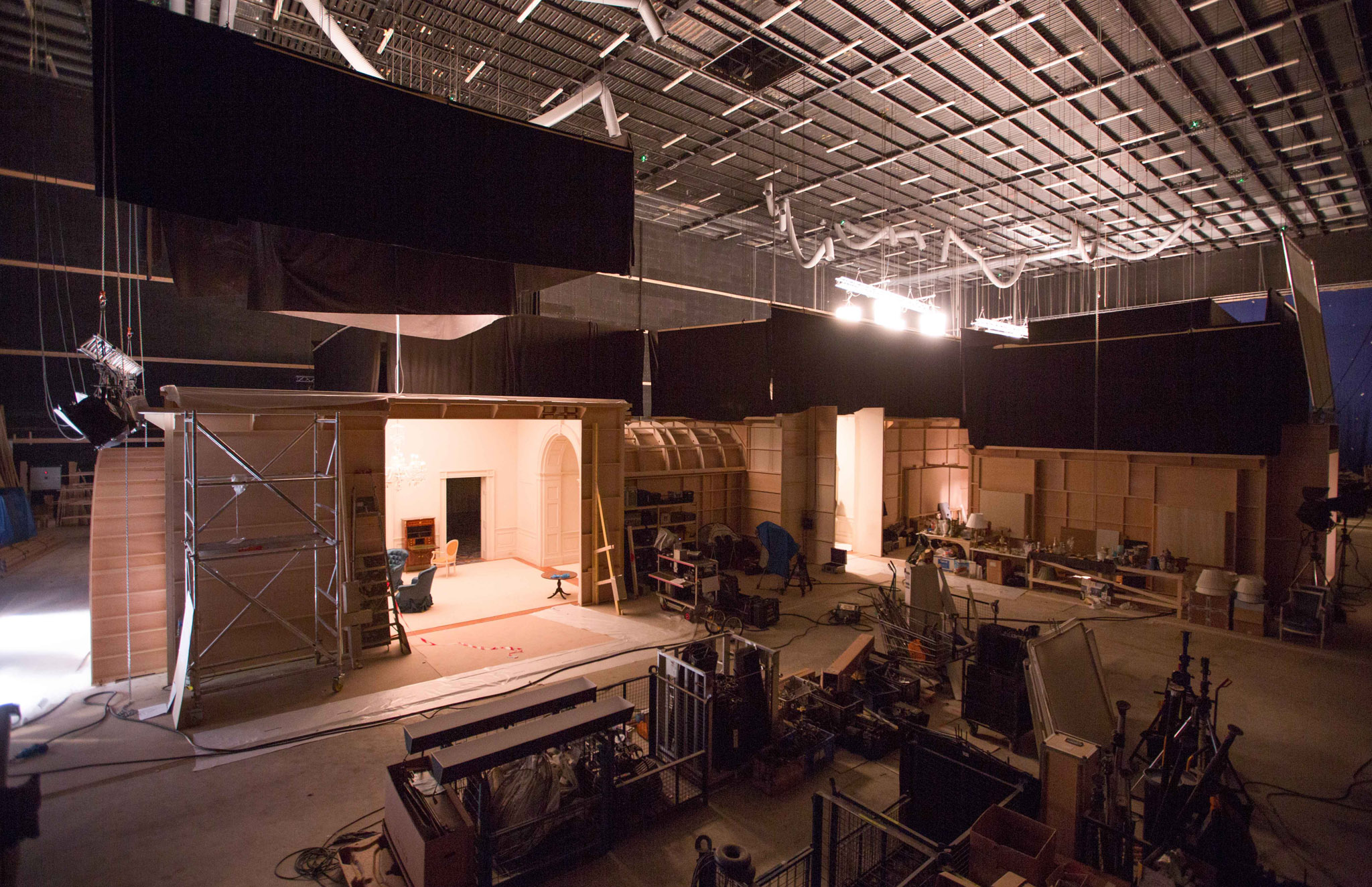

What units did you have behind the White House windows?
Fontaine: For the concert in the East room, I had 2 10Ks through Full Grid Cloth per window. That was a night interior, I used more 10Ks for the day interiors.
Did you use an eyelight?
Fontaine: I had a little home-made unit I made with LEDs covered by Full Grid Cloth on the camera. It allowed me to change the color and intensity easily. It’s handy when you’re shooting 360 degrees in a room.

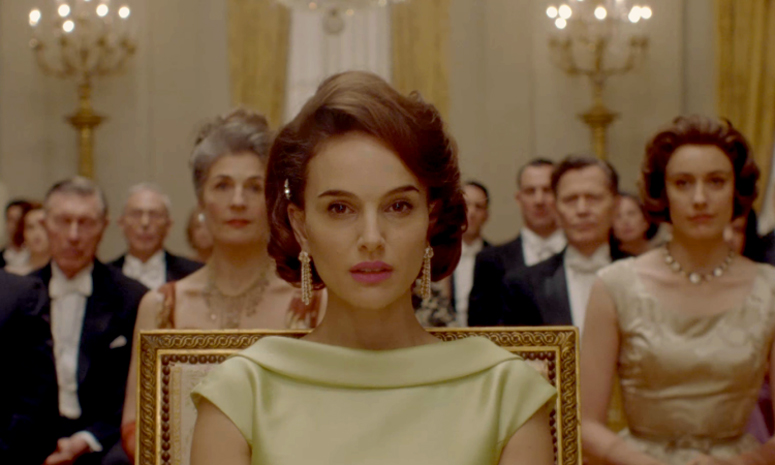
6. Exposure
What was your approach to exposure?
Fontaine: Something that has always mattered for me is that the intention that you want to give to the image has to be in the exposure you give it.
You mean the T-stop you select?
Fontaine: Yes. There is no generic approach to exposure. If you want to give the image a given characteristic, you have to expose it accordingly. If you want it to be bright, you have to over-expose. If you want it to be very dense, then go ahead and do it. You can’t count on the DI to do that.

So the exposure depends on the scene?
Fontaine: Yes, I set it scene by scene. Of course, when you’re shooting in exteriors you have other problems, like the length of the day. We shot Jackie’s conversations with the priest in winter. When you start a scene at 7 AM and finish at sunset, you try to expose so as not to feel the variations too much.
7. Pulling Focus
Fontaine: It’s been four-five years that digital has taken over the market across the world, and one thing I've noticed as I shoot commercials is that never see an AC who doesn’t pull focus watching a monitor. But on Jackie we were shooting film with a standard definition video tap, and you can’t really see focus on the monitor.
That's a métier that is disappearing: an AC who knows the focus distance by observing the camera and the actor.

Who has their hand on the follow focus, but their eye on the actor? That was something you used to do when you were an AC?
Fontaine: Yes and your hand moves before you look at the distance marks. There is a very strong relationship between the AC, the camera and the actor.
Which is even more important at very short distances?
Fontaine: And even more essential when you’re handheld. And I had the great fortune to have an AC in Paris who was formidable: Fabienne Octobre.
The gift of a focus puller like Fabienne is to give you absolute freedom to do the shot you want to do, knowing that it will be sharp. That’s really wonderful ! And it adds to a good ambiance to the set.
8. Thanks
Is there anything you want to add?
Fontaine: I’d like to thank the rest of my crew, and in particular my AC in the US Erik Swanek, my longtime gaffer Xavier Chollet, my key grip & dolly grip Antonin Gendre, and my colorist, the great Isabelle Julien.
I also want to thank my brilliant director Pablo Larrain.
thefilmbook: Jackie - Interview with Director Pablo Larrain
+++
+++
LINKS
imdb.com: Stéphane Fontaine
wikipedia.com: Jackie (2016 film)
imdb.com: Jean Rabasse production designer
imdb.com: Xavier Cholet gaffer
imdb: Fabienne Octobre 1st AC
imdb.com: Antonin Gendre key grip
imdb.com: Isabelle Julien colorist
thefilmbook: 2016 In Review
panavision.fr: Panavision France
transpalux.com: Transpalux lighting rental
citeducinema.org: Cité du Cinéma stages
technicolor.com: Technicolor Paris
Unit photography by Stéphanie Branchu, Pablo Larraín and Bruno Calvo, courtesy of Twentieth Century Fox Film Corp.
My thanks to Stéphane Fontaine
Thanks also to Rachel Aberly at PMK-BNC
You may also be interested in:
thefilmbook: Storaro Muses, An Illustrated Video
thefilmbook: Lighting Sicario - Roger Deakins
thefilmbook: Lighting Spectre - Hoyte van Hoytema
thefilmbook: Eric Kress Lighting Workshop 1
thefilmbook: DPs & Gaffers: Who Does What?
thefilmbook: 3 Scenes from Ida
thefilmbook: 4 More Scenes from Ida
+++
